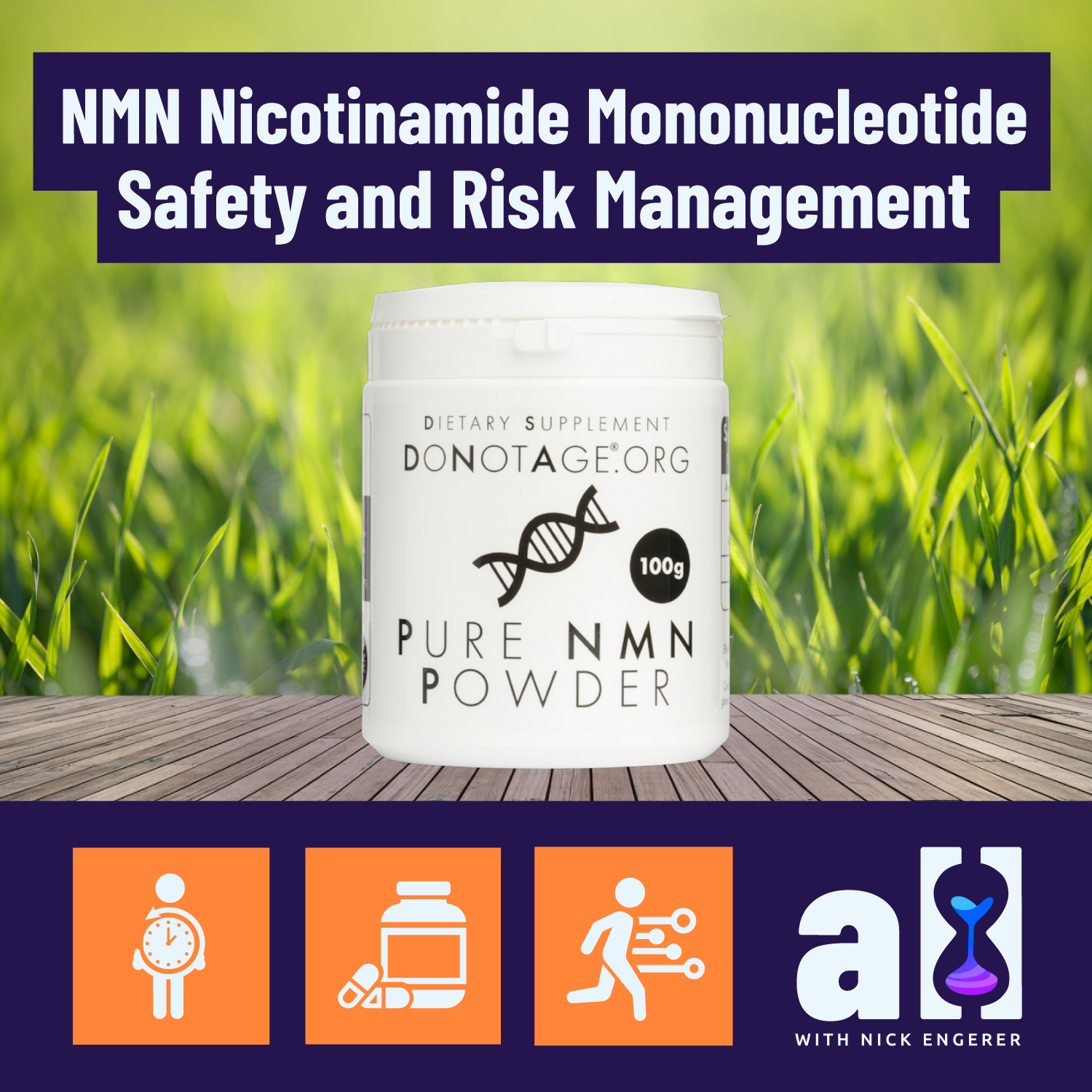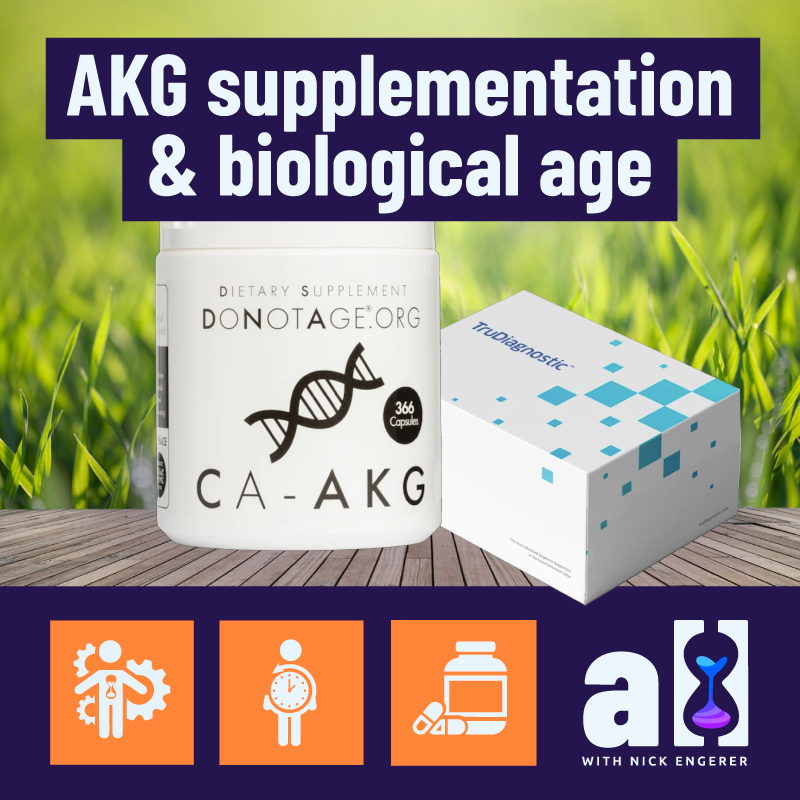
AKG supplementation improved my biological age in these three ways
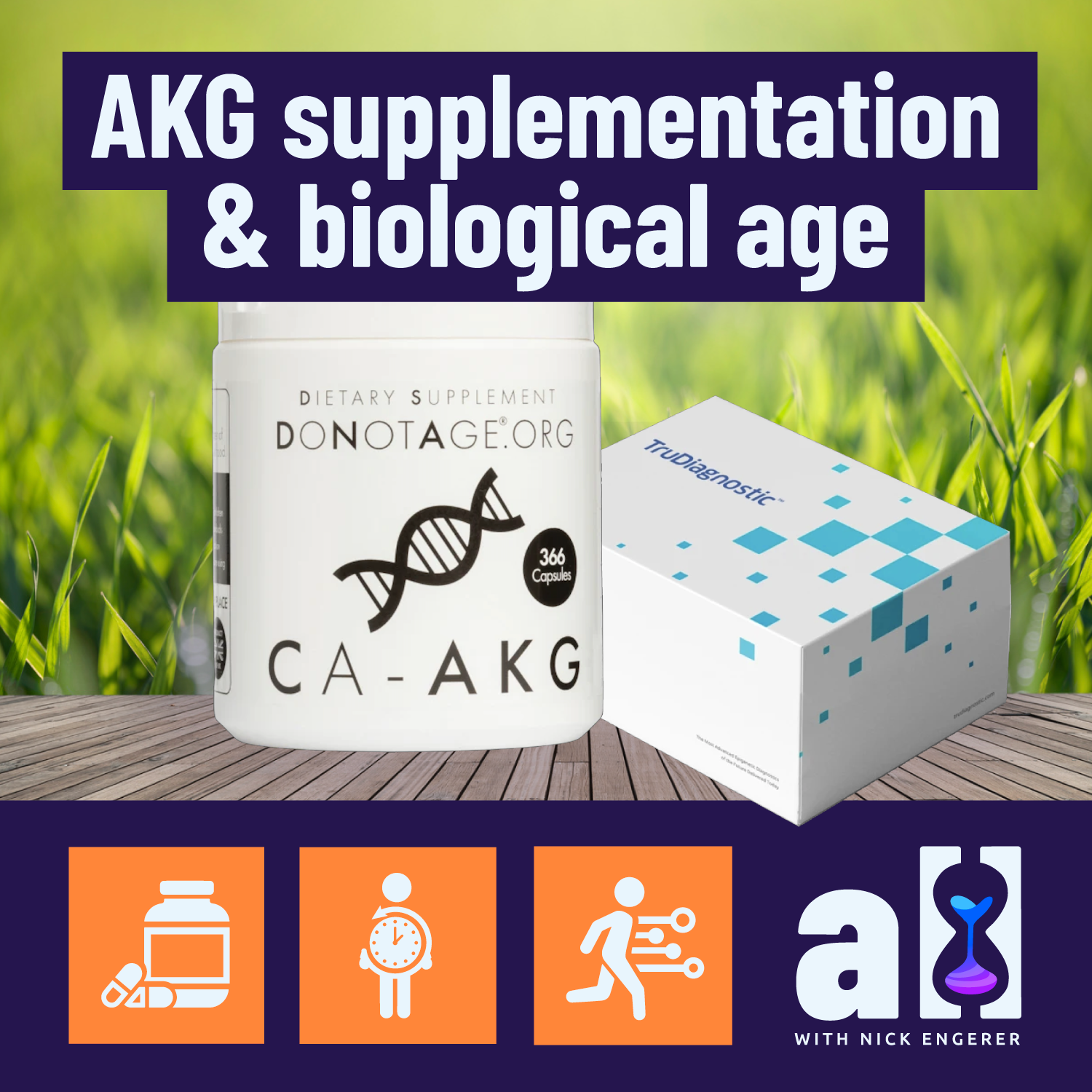
AKG supplement benefits your biological age? An Interview with Dr. Yelena Budovskaya of TruMe Labs
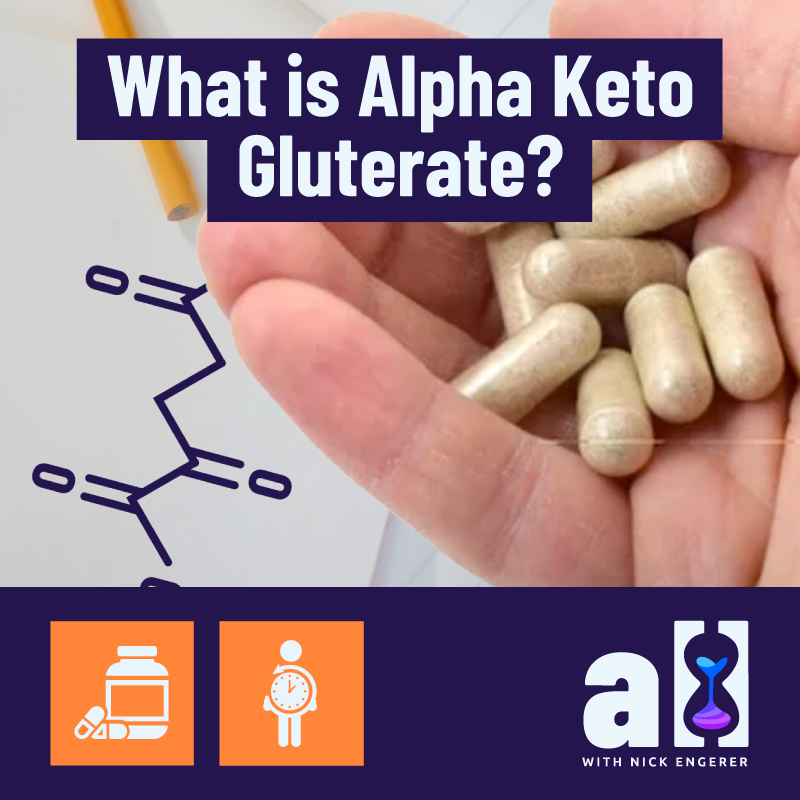
Calcium AKG Alpha Keto Glutarate supplement review
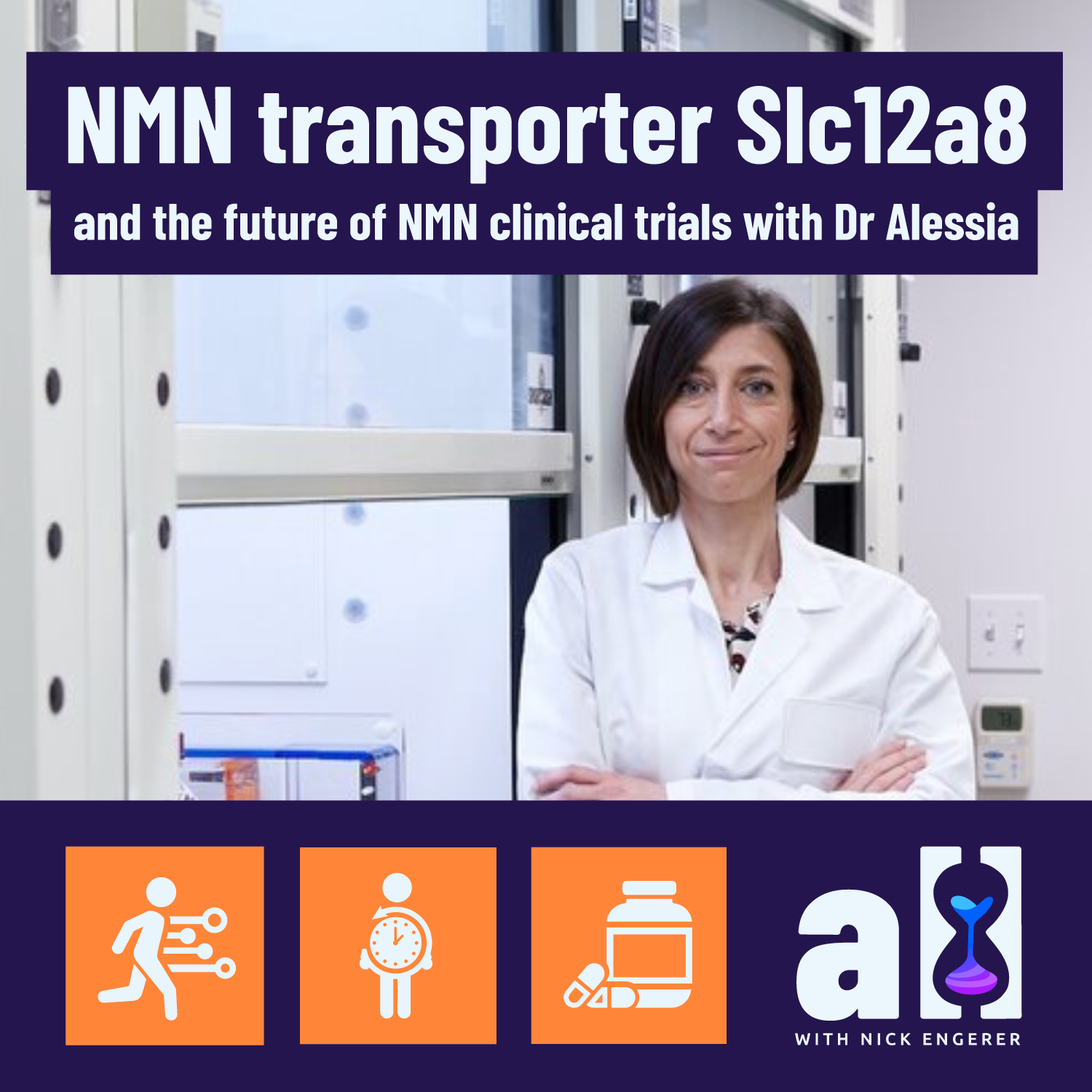
NMN Transporter Slc12a8 and the future of NMN clinical trials with Dr Alessia Grozio
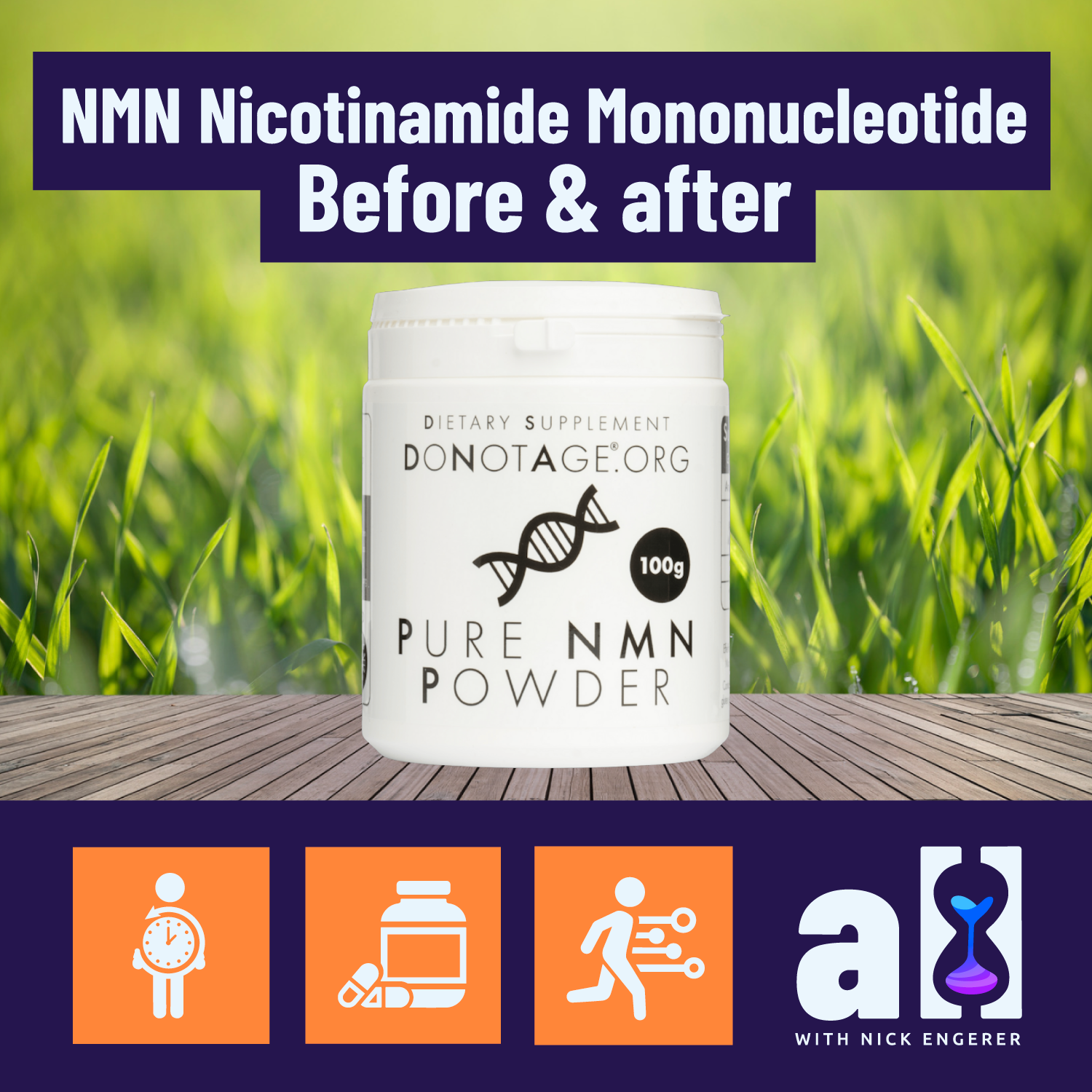
NMN Nicotinamide Mononucleotide before and after

NMN-C, Elevant and the future of NAD boosters: An interview with Dr Eric Verdin
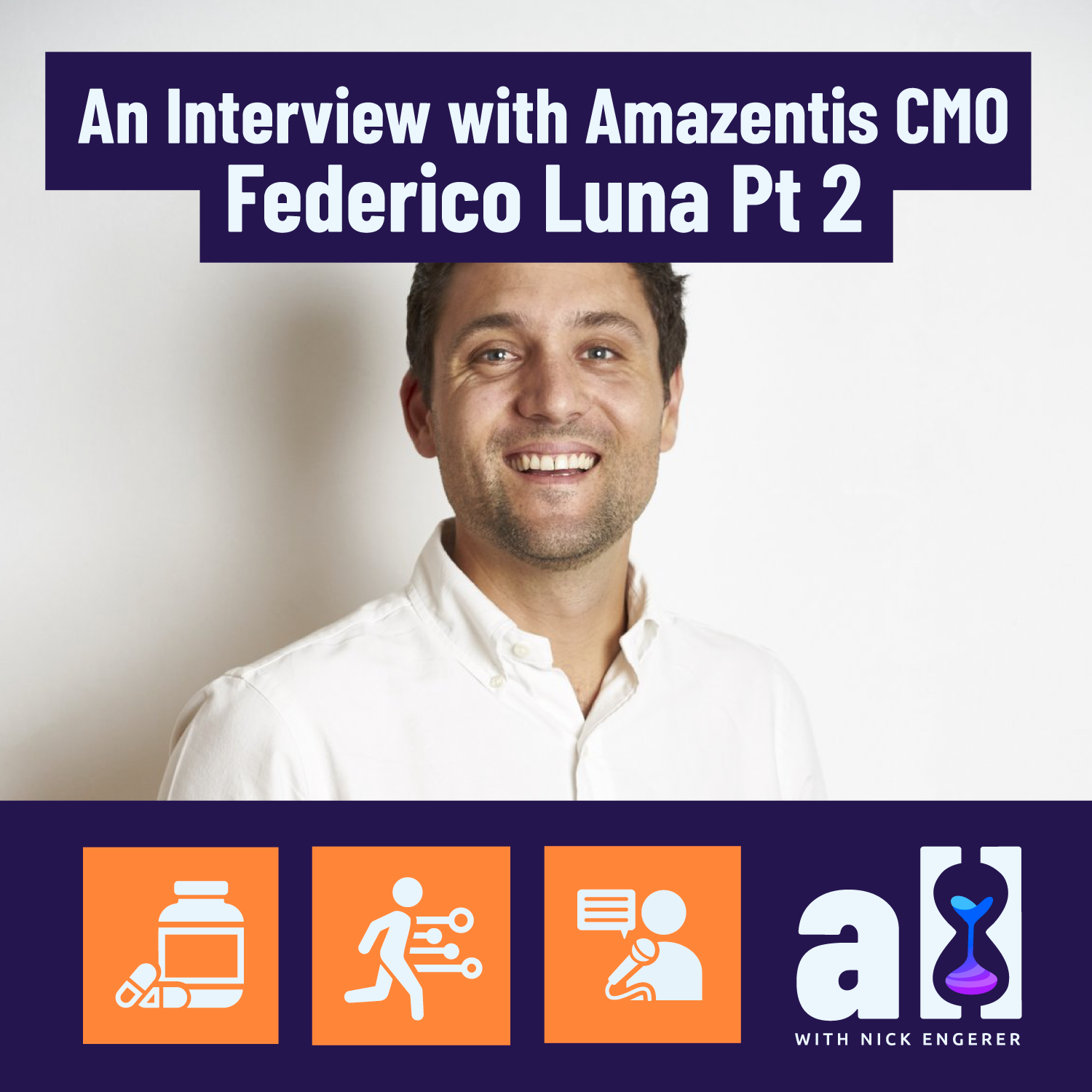
Urolithin A, Endurance, muscle strength and the longevity future - An interview with Amazentis CMO Federico Luna (Pt 2)
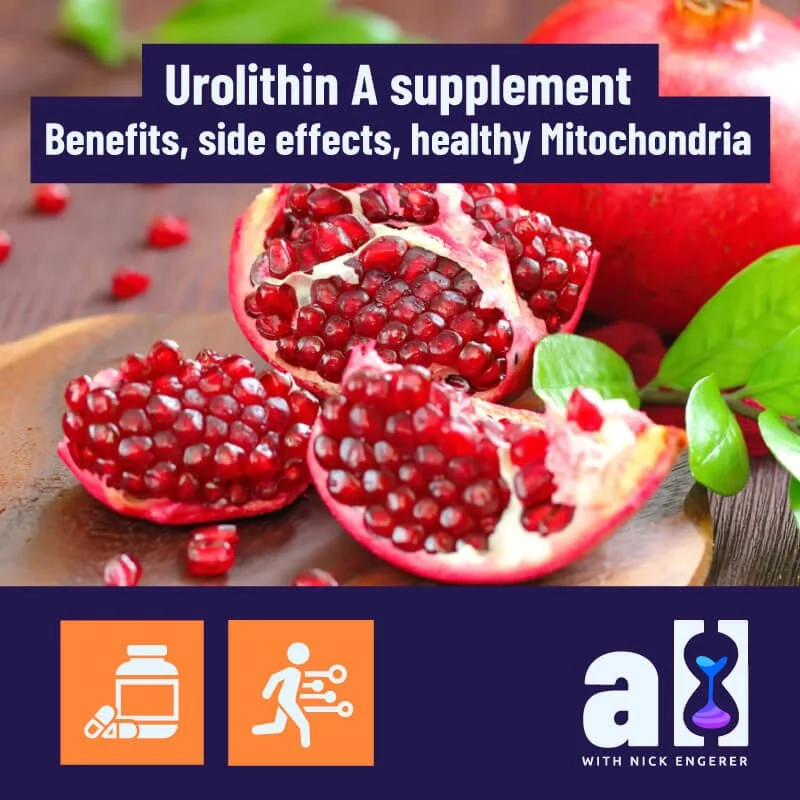
Urolithin A Supplement - Benefits, side effects, healthy Mitochondria
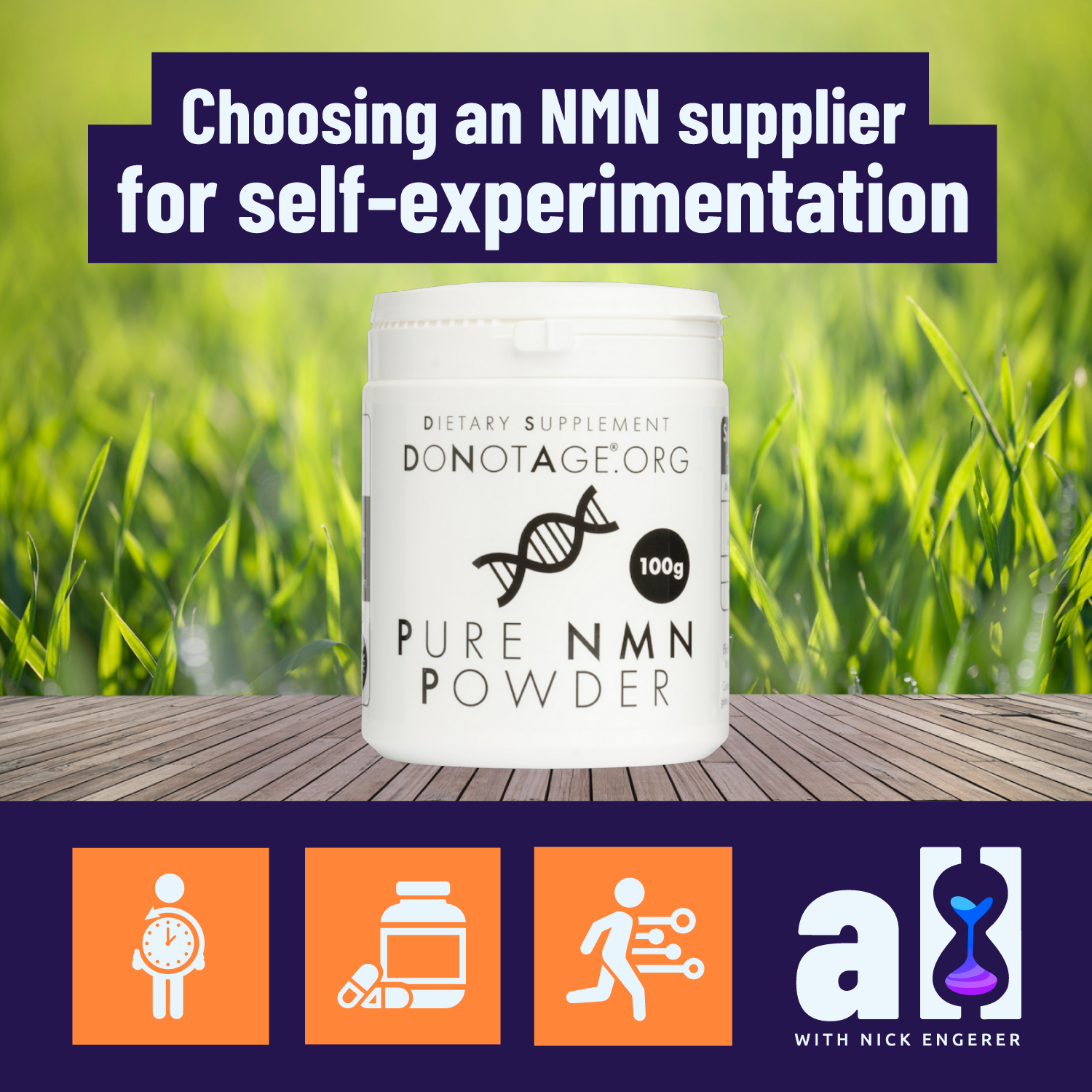
Choosing an NMN supplier for self-experimentation
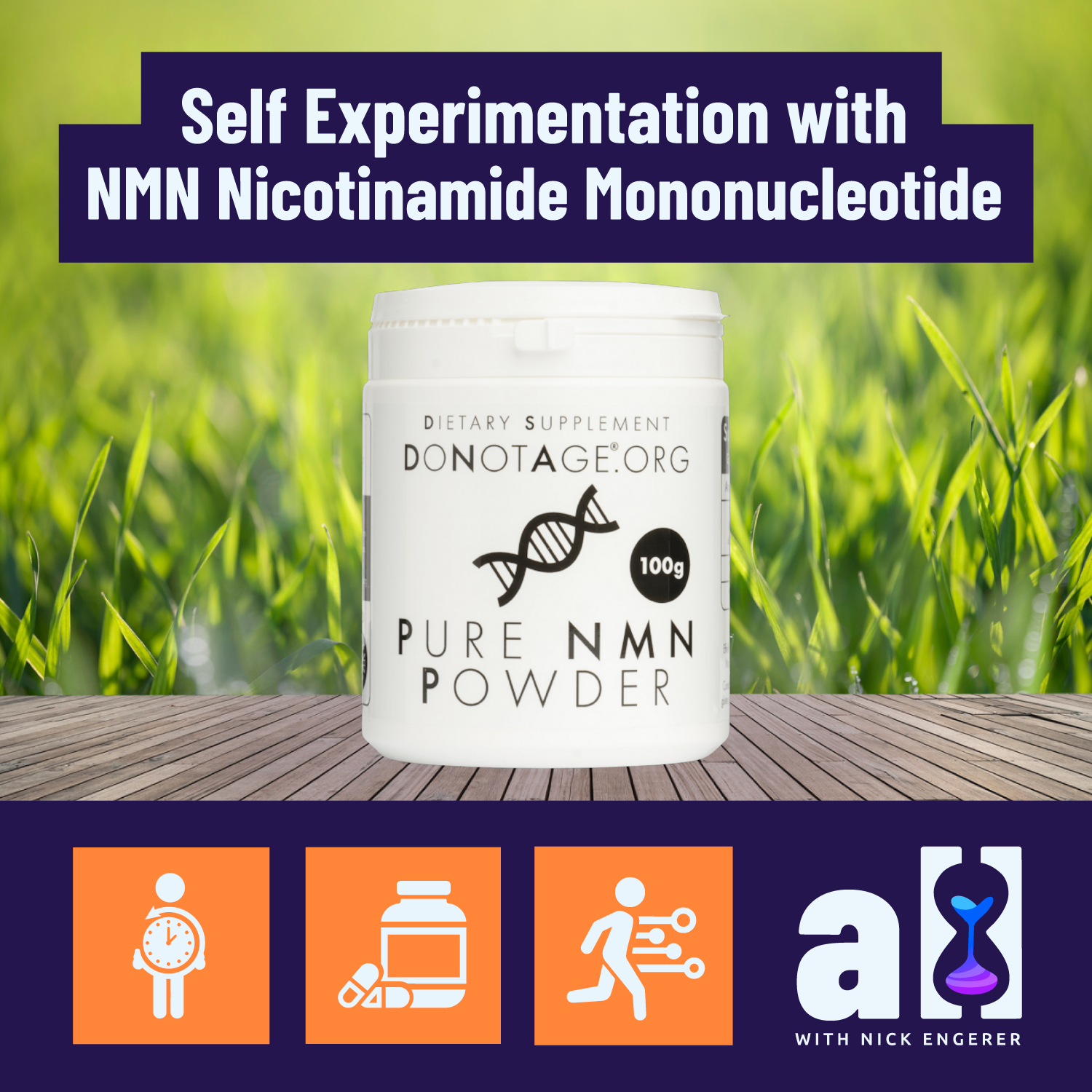
Self experimentation with NMN Nicotinamide Mononucleotide
